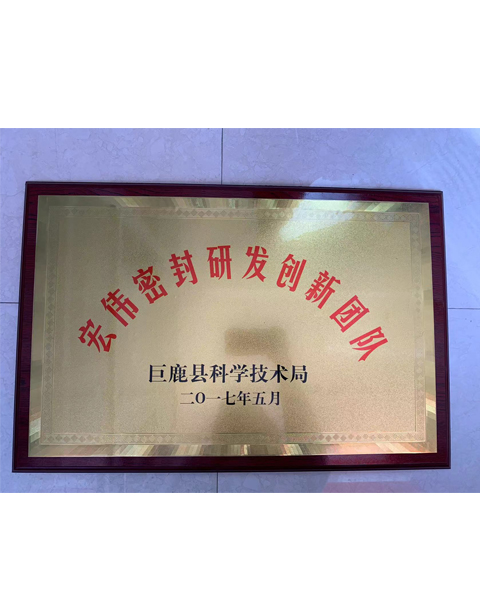Crankshaft Pulley Oil Seal Replacement Guide and Maintenance Tips
Understanding the Crank Pulley Oil Seal An Essential Component of Your Engine
The crank pulley oil seal is a crucial component within an engine's assembly that plays a significant role in maintaining optimal performance and longevity. Positioned at the front of the engine, this seal is responsible for preventing oil leaks from the crankshaft, which is essential for a properly lubricated engine. In this article, we will explore the function, importance, and maintenance of the crank pulley oil seal, as well as signs that may indicate a need for replacement.
Function of the Crank Pulley Oil Seal
The primary function of the crank pulley oil seal is to create a barrier between the crankshaft and the engine environment, preventing oil from leaking out. The crankshaft is integral to the engine's function, as it converts the linear motion of the pistons into rotational motion, which ultimately powers the vehicle. As the crankshaft turns, it generates significant friction and heat, meaning that without a reliable seal, engine oil would escape, leading to inadequate lubrication and potential damage.
Importance of the Crank Pulley Oil Seal
Maintaining the integrity of the crank pulley oil seal is vital for several reasons
1. Lubrication Engine oil lubricates moving parts, reducing friction and wear. A leak can result in insufficient lubrication, leading to premature wear or even catastrophic engine failure.
2. Performance Oil leaks can lead to a drop in engine performance. The engine may not run smoothly, leading to inefficiencies and potentially affecting fuel consumption.
3. Environmental Concerns Oil leaks can cause spills, which have detrimental effects on the environment. Keeping oil contained within the engine helps minimize these impacts.
crank pulley oil seal

Signs of a Failing Crank Pulley Oil Seal
Detecting a failing crank pulley oil seal early can prevent significant engine troubles down the line. Here are some signs to watch for
- Oil Leaks One of the most obvious signs is the presence of engine oil pooling under the vehicle or a noticeable drop in oil levels.
- Oil Around the Crankshaft Pulley If you notice oil accumulating around the crankshaft pulley area, this could indicate that the seal has worn out.
- Oil-Fouled Belts If the oil seeps onto the belts that drive the crankshaft pulley, it can cause them to slip and ultimately fail, leading to further complications.
- Engine Noise If the engine is operating with inadequate lubrication, you may hear increased noise due to friction.
Maintenance and Replacement
Regular maintenance, including oil changes and inspections, can help to prolong the life of the crank pulley oil seal. If any signs of wear or leaks are observed, it is crucial to have the seal inspected and, if necessary, replaced promptly.
Conclusion
The crank pulley oil seal may be a small component in the grand scheme of an engine's operation, but its role is undeniably vital. By ensuring the integrity of this seal, vehicle owners can safeguard against oil leaks, enhance engine performance, and extend the longevity of their engines. Regular inspections and prompt attention to any issues will ensure that your vehicle runs smoothly for years to come.
-
Understanding Marine Bearings: The Key to Smooth Sailing and Safe Trailering
News May.08,2025
-
Understanding Critical Gaskets in Oil System Maintenance: From DT466 to 7.3 Powerstroke
News May.08,2025
-
Essential Guide to Marine Bearings and Trailer Hubs: Ensuring Safe Navigation and Transport
News May.08,2025
-
Essential Car Repair Kits Every Vehicle Owner Should Know About
News May.08,2025
-
Engine Restoration Essentials: Tools and Kits Every Mechanic Needs
News May.08,2025
-
Critical Marine Bearing Components: Ensuring Smooth Sailing and Safe Hauling
News May.08,2025
-
Understanding Automotive Gaskets: Keeping Your Engine and Transmission Leak-Free
News May.07,2025
Products categories















